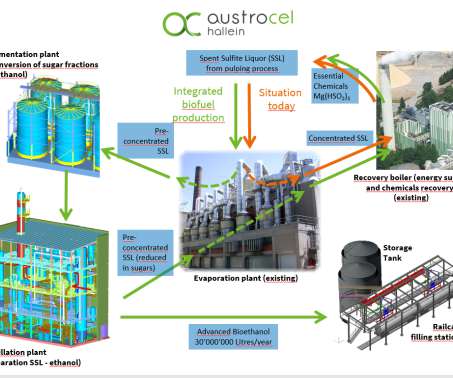AustroCel Hallein supplying OMV with celluosic ethanol
Green Car Congress
DECEMBER 21, 2020
The first successful trial delivery of advanced cellulosic ethanol marks the start of the long-term cooperation between OMV, the integrated, international oil, gas and petrochemicals company headquartered in Vienna, and AustroCel Hallein GmbH. In the first year AustroCel Hallein will supply more than 1.5
















Let's personalize your content